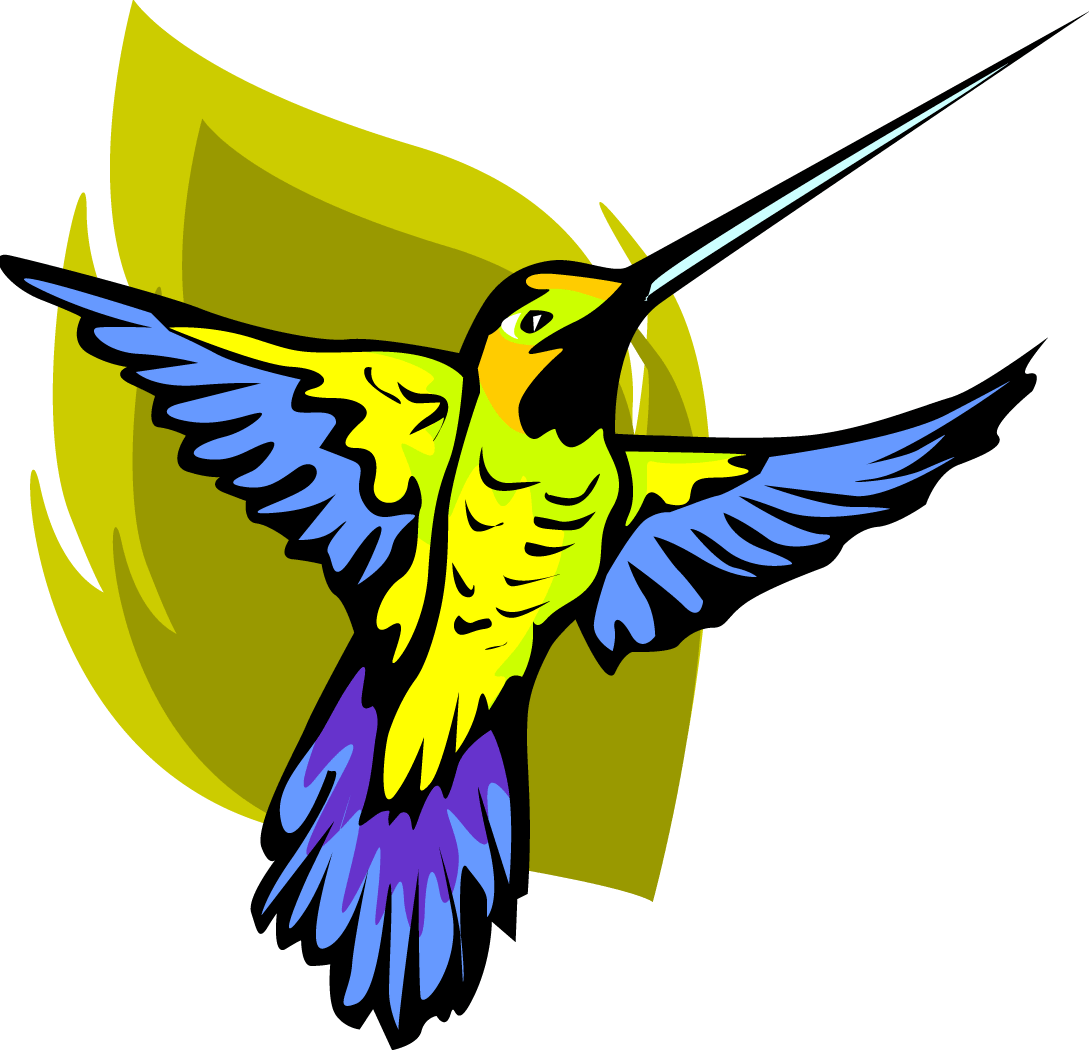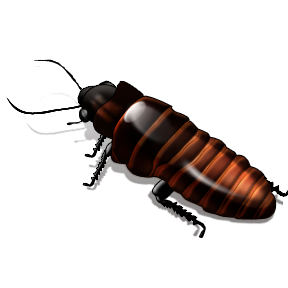Gardening with Essential Oils, Naturally
Gardening using herbs and their essential oils is the most natural way to grow our food and produce beautiful flowering plants.
Our lack of understanding of the co-existence and deep interdependence of plant species has resulted in an environment in serious trouble. Nature does not exist in a mono-culture. All plants grow intermingled with other plant types for protection and nutrient sharing.
We are only just starting to understand the role that scent and chemical emissions play in the defense and propagation of plants in the wild as well as in our home plots.
Growing food or flowers with essential oils and the plants from which they come will not only provide intense satisfaction but lessen the impact of chemicals on our planet.
Gardening Without Chemicals - Organically
Herbs can range from sprawling ground covers to large shrubs and even trees. All are beneficial to humans for food or medicine and just wonderful in the garden for shielding other plants or providing insect repellent properties.
For Links To Related Pages Please Click Here
Garden Defense
Plants can produce highly toxic chemicals which can be utilized for defense. These are called secondary metabolites. One of the main chemicals in this defense mechanism are the terpenoids, which occur in all plants.
Terpenoids are the primary components of essential oils.Essential oils can act as insect toxins and/or protect the plant against fungal or bacterial attack.
Pyrethrin is produced by chrysanthemums and is a potent insect neurotoxin.
Pine trees produce pinene to repel insects.
Cotton produces a terpenoid which has strong antifungal and antibacterial properties.
Citronella is an essential oil produced by lemongrass and is a strong insect deterrent.

Plants can distinguish between a wound and insect feeding and in response can release chemicals which can attract beneficial predators to deal with the pests.
For example, apple trees emit chemicals which attract wasps which prey on moth larvae.
These chemicals can also be detected by neighboring apples trees alerting them to the threat and prompting them to produce similar chemicals to attract the wasps.
This happens with all species of plants.
Pollination

Pollination is often facilitated by scent.
Night flying insects and animals like bats follow a scent trail to the flower, and these flowers are usually white. Some insects like beetles and flies are attracted to plants which smell like dead animals or rotting flesh!
Floral scents attract bees and hummingbirds.
Butterflies and moths are attracted to highly perfumed flowers.
By having a specialized scent unique to its own species a plant can ensure that the pollinators it attracts will only pollinate plants with the same scent rather than create a hybridized version with other plant species which may be sterile, resulting in the initial plant species dying out.
Container Gardening
If you don't have a large backyard with sufficient room for an extensive vegetable and herb garden there is no reason why veggies and herbs can't be grown in a portable container. This can range from a large pot to a window box. It just depends on your available space.
Look around at other gardens and see what those dedicated people have accomplished with their available space - you will probably be very surprised at what they have achieved. Having said that, it does take hard work and commitment to produce those amazing showpieces.
But don't be put off - start small and learn as you go.
all the room you have is a window then grow some herbs in a window box - it will still be an achievement and useful in the kitchen or still room.
Marjoram, Fennel and Thyme in full sun.
Catmint, Chamomile and Coriander in partial shade.
Grow Watercress and Angelica in full shade.
There are so many great books and websites on gardening and this website is about essential oils so I will not go on and on about plants here. But I do have related pages - if you would like to view them click the links below:


